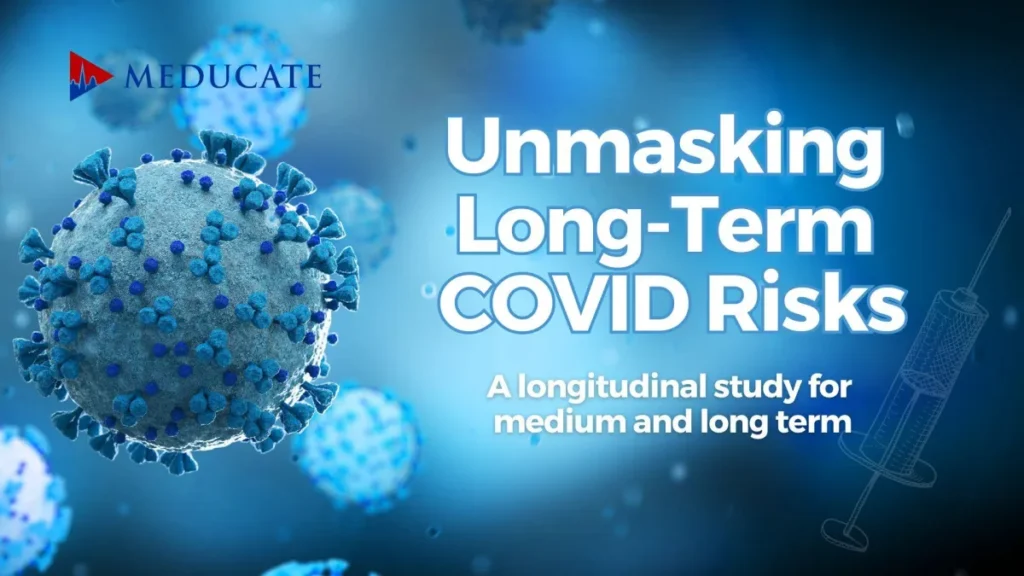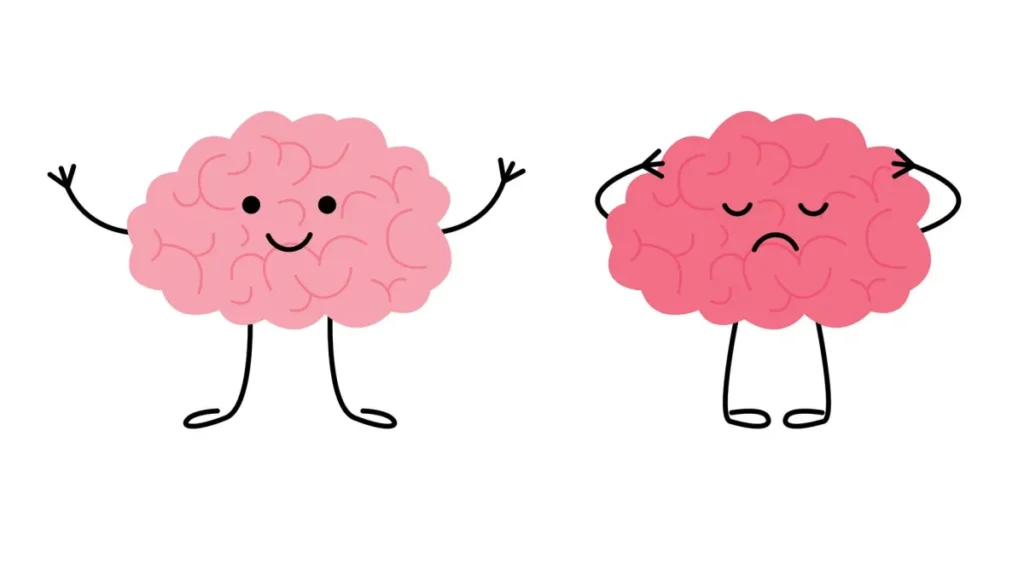The Financial and Scientific Implications of Rethinking Virus Theory
Rethinking Virus Theory
Welcome, to a fascinating foray into the world of virology, where we’ll explore not just the science behind viruses but also a significant debate that has been stirring up the scientific community.
Imagine viruses as tiny, microscopic ninjas, equipped with genetic material and a protein cloak, ready to infiltrate their host. Virology is the study of these stealthy invaders, and today, we’re not just looking at their scientific underpinnings but also at the controversy surrounding how we’ve traditionally understood and isolated them.
In a world where the very nature of viruses is under scrutiny, a recent thread by D. Alec Zeck on X has sparked a conversation that might just shake the foundations of modern medicine and economics.
Virology 101
To grasp the full implications of the debate, let’s revisit virology but with more detail:
Viruses: In essence, they’re packets of genetic material, either DNA or RNA, encased in a protein coat, known as a capsid. Some also have an envelope, making them even more complex. They cannot reproduce on their own; they need a host cell’s machinery to replicate.
Infection Cycles: Once a virus infects a host cell, it can either start producing new viruses right away or lay dormant, waiting for the right moment. The virus uses the host’s biochemical pathways to replicate its genetic material and proteins, assembling new viruses that burst out to infect more cells or move to another host.
Isolation Methods: Traditional virus isolation involves growing viruses in cell cultures. Here, scientists look for signs of viral activity by observing the effects on cells, like cell death or changes in cell structure, known as cytopathic effects (CPEs).
The Controversy Deepens
Now, let’s go back to our conversation on X, where Zeck challenges the very essence of virological practices with Meta AI:
![]()
Zeck’s Challenge to Virology:
Isolation Purity: Zeck argues that to truly isolate a virus, you should only use what’s naturally present in the host, without adding any external substances. However, this is not how virology works in practice.
Zeck’s Claim: “There’s not a single paper claiming to isolate a virus from a human sample without external help.”
![]()
AI’s Explanation: The AI points out that in scientific research, manipulating conditions to observe outcomes is standard. This includes adding antibiotics to prevent bacterial contamination, which might seem like interfering with the ‘purity’ of isolation but is necessary for experimental control.
The Independent Variable Debate:
Zeck questions whether the independent variable in these studies is truly the virus or a combination of virus and added substances.
![]()
The AI counters by explaining that in any scientific study, controlling variables is key, even if it means adding substances to ensure only the virus affects the result.
![]()
Financial and Broader Implications
The implications of Zeck’s argument extend far beyond the lab:
Pharmaceutical Industry: If viruses aren’t what we’ve believed them to be, or if their isolation methods are flawed, the pharmaceutical industry could face a crisis. Zeck suggests impacts could range from $50-100 billion in losses, affecting everything from vaccine development to antiviral medications.
Healthcare Systems: With the potential invalidation of many viral treatments, healthcare systems would need to recalibrate. This includes rethinking vaccine schedules, treatments for viral diseases, and even the allocation of healthcare resources.
![]()
Economic Domino Effect: The economic model built around the existence of viruses would be disrupted. Industries from biotechnology to public health would see a shift, potentially leading to a collapse in sectors reliant on viral research and treatments.
Deep Dive: Reevaluating Virology
Let’s take a step back and look at what this means for virology:
Scientific Method: The scientific method involves testing hypotheses through controlled experiments. Zeck’s critique highlights a philosophical question: Can we truly isolate and study a virus in a way that satisfies both scientific rigor and theoretical purity?
Public Trust: This debate affects trust in science. If foundational practices are questioned, it prompts a broader societal reflection on how science is conducted, reported, and perceived.
Implications for Policy: Public health policies, especially those related to pandemics, are based on virological research. Any shift in our understanding of viruses would necessitate a reevaluation of these policies, from vaccination drives to quarantine measures.
Case Study: Economic Impact of Vaccine Skepticism
To illustrate the potential economic fallout, let’s consider the impact if skepticism about vaccines were to grow:
Historical Context: According to a CDC study, routine vaccinations have saved over a million lives and $540 billion in healthcare costs over three decades, showcasing how deeply vaccines are intertwined with economic health.
Modern Implications: If the validity of virus isolation is questioned, leading to decreased trust in vaccines, the economic cost could be astronomical, not just in healthcare but in lost productivity, increased disease burden, and public health management.
![]()
Conclusion: The Path Forward
Zeck’s conversation with Meta AI isn’t just a challenge to virology; it’s a call for a broader, deeper look into how we understand and interact with the microscopic world. It pushes us to ask:
-
How do we define and isolate viruses?
-
What does this mean for our health practices, policies, and the economy?
-
How can we ensure scientific practices evolve with new evidence and critique?
In closing, this discussion on X, though seemingly niche, touches on vast implications for healthcare, economics, and public policy. It invites not just healthcare professionals but the public at large to engage with science critically, understanding that our knowledge is ever-evolving, shaped by questioning, research, and sometimes, a bit of controversy. This is not the end of the debate but perhaps the beginning of a more nuanced understanding of the viral world and our place within it. Find out more about Rethinking Virus Theory on our MedHeads channel










